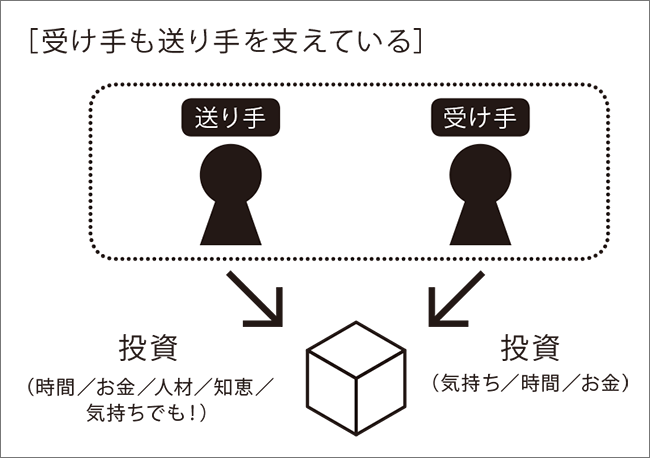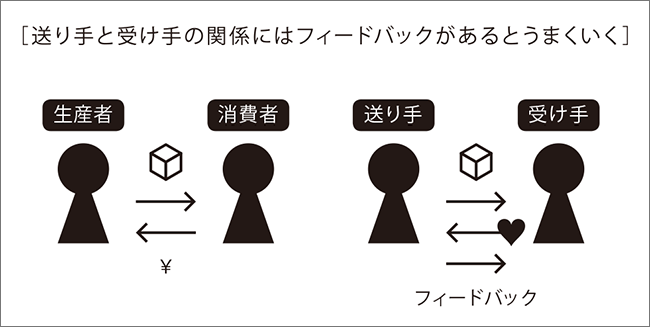Hello. This is the fourth installment of the "Fan Strategy" column, exploring how to connect with fans. Thank you for joining us. So far, we've introduced four key switches for meeting fans, deepening their affection, and preventing them from drifting away.
Now, maintaining relationships with fans is tough. When you actually try to build deep connections, you realize it requires constant effort—providing information, responding to feedback... it takes a lot of energy.
Deep down, don't you wish your fans would just take the initiative and actively engage on their own? This time, I'd like to explain how to flip the switch that gets fans to self-motivate.
What is the "Personalization Switch" for creating self-driven fans?
What exactly does it mean to have self-motivated fans?
Take my friend A-chan, a longtime fan of a certain anime. When I was debating buying some merchandise, she said to me...

A-chan passionately discussing her obsession
She's a buyer of goods (a fan of products or services), but she's not just a consumer. She actively engages because she believes she's supporting the work itself. This is precisely what a self-driven fan is.
To put it dramatically, she's realized that "ultimately, my own passion benefits me." True to the name of this switch, she's made it her own personal cause. With this mindset, she goes beyond information provided by the sender, actively gathering information herself, taking action, and driving her own engagement.
Being a fan involves not only emotional devotion but also disproportionate investment of time and money, making them akin to a company's "stakeholders." Similarly, calling soccer team fans "supporters" reflects the idea that they aren't just fans of the game but actively sustain the team—a concept close to self-driven fans.
At this point, the recipient is no longer just a buyer or consumer. Senders should view recipients as "comrades" who support them and help cultivate the product, service, or brand together.
How do you flip the "personal connection switch"?
The difference between producer-consumer relationships and sender-receiver relationships lies in whether the interaction is one-way or involves feedback.
Feedback from the sender is essential for fans to recognize, "I'm involved as a stakeholder too," and "I'm supporting this activity too."
A simple method is sending a "Thank you for your continued support" message. However, in most cases, just conveying gratitude doesn't make them feel personally invested. Methods that offer more benefits for being a fan and show that their support returns in some tangible way leave a stronger impression and make them feel their support is worthwhile.
This is where "visualization" often comes into play. It's about making the benefits of being a fan and the gratitude visible.
For example, popularity polls or fan elections make fans feel personally invested by letting them participate. Feedbacking the results to fans fosters their satisfaction. The benefits of such polls or elections include the enjoyment of participation and the clarity of outcomes, which naturally reassures fans that "my voice is being heard." They also have the secondary effect of making fans feel reassured that "there are many other fans besides me."
Similarly, the "Fan Appreciation Day" seen in professional sports is another form of visual feedback. It shows gratitude to fans while offering unique experiences available only there. There are various methods available, so creators should definitely consider exploring them.
While personal preferences are fundamentally individual, knowing that the creator you support is also loved by others can prevent disengagement by activating a sense of camaraderie.
This book includes episodic comics, making it an enjoyable read that explains how to flip the switch. We highly recommend giving it a read.

The book is now on sale! Details
here.








